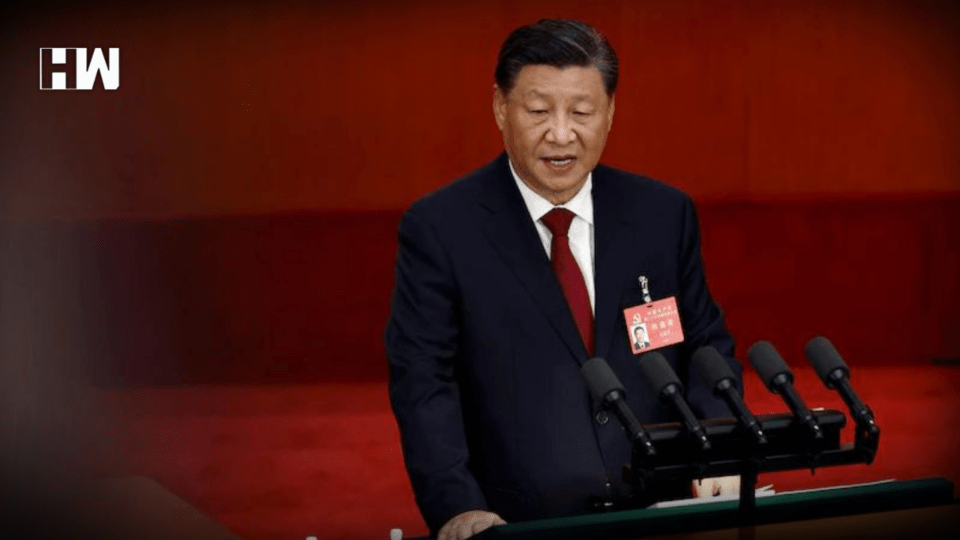China’s latest ingress in Arunachal Pradesh has a lot to do with the control of Tibet and Tibetan Buddhism
Beijing: China’s latest ingress in Arunachal Pradesh has a lot to do with the control of Tibet and Tibetan Buddhism. Tawang, in the state of Arunachal Pradesh, is home to the oldest and second-largest monastery of Tibetan Buddhism outside of China’s control, according to a report in Voices Against Autocracy.
The report also says that: “The Tawang Galdan Namgye Lhatse monastery, sits at 10,000 ft with a commanding view of the Tawang Chu valley near India’s borders with Tibet and Bhutan. It was established in 1681 on the instruction of the 5th Dalai Lama.” Thousands of ethnic Tibetan families still live in Tawang which is their traditional homeland outside China. Tsangyang Gyatso, the sixth Dalai Lama was also born in Tawang in March 1683.
“China claims Tawang along with the Indian state of Arunachal Pradesh as a part of South Tibet. With the current Dalai Lama ageing and reportedly not in the best of health, succession will be a huge question after his passing,” reported Voices Against Autocracy.
China in order to control Tibetan Buddhism, will try to nominate a new Dalai Lama of its choice. According to China, control over Tawang would improve the country’s chances of capturing the Tawang monastery.
The Tawang monastery could be a part of the mysterious puzzle to the future of Tibet, its spirituality, and its politics, all of which are currently embodied by the 14th Dalai Lama, according to Voices Against Autocracy.
Also, Read: Beijing Expects China-Saudi Summit To Indicate Its “Arrival In Middle East”: Report
The Communist Party of China (CPC) is worried about the current Dalai Lama’s visits to Ladakh and Arunachal Pradesh due to the rising discontent against Chinese President Xi Jinping in China, Tibet and Xinjiang.
Recently, a report in The Diplomat said that China has been greatly fixated on an ancient kingdom known as “Zhangzhung”. China has been carrying out research and excavation related to Zhangzhung in Western Tibet.
Academics contest Zhangzhung’s exact boundaries. Some say it comprised parts of what is now known as Ladakh, West Tibet, Nepal, and Gilgit-Baltistan. Others, however, argue that the kingdom only cut into the northwest edge of Nepal and a part of Ladakh.
“The lack of knowledge and certainty surrounding Zhangzhung make it ripe for exploitation and distortion. The importance of the kingdom is that it is tied to so many cultural and geostrategic dynamics China wants to manipulate today. Beijing is therefore actively creating historical revisionism through the sponsorship of archaeologists and historians to provide a new narrative of Zhangzhung in order to justify its territorial, cultural, and geopolitical control in the region,” according to The Diplomat report.
(Except for the headline, this story has not been edited by HW News staff and is published from a syndicated feed.)
As an independent media platform, we do not take advertisements from governments and corporate houses. It is you, our readers, who have supported us on our journey to do honest and unbiased journalism. Please contribute, so that we can continue to do the same in future.

